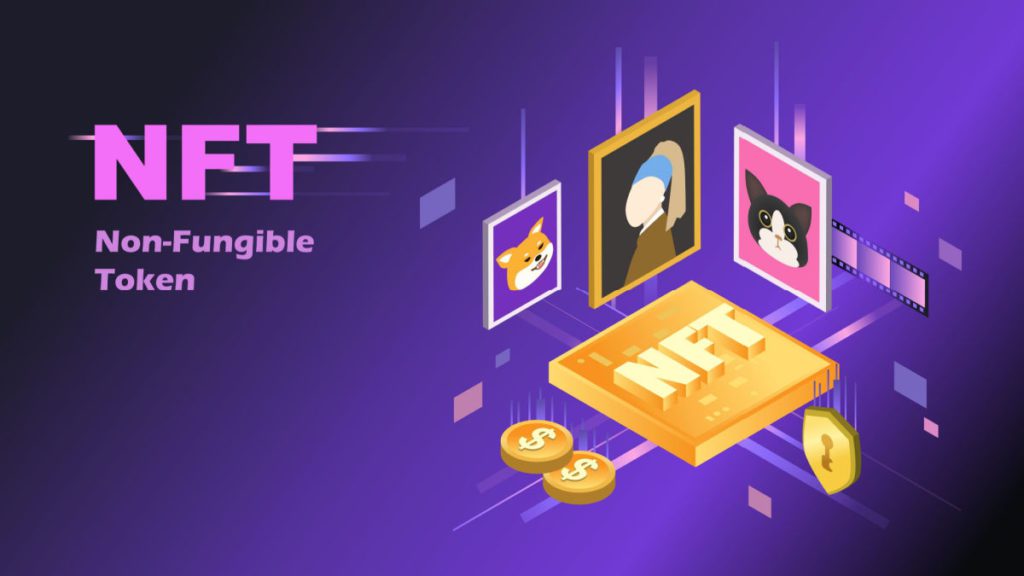In Part Two of this NFT mini-series, which covers NFT applications and the industry landscape in general, I focus on how the NFT landscape is shifting to utility.
It’s almost always the case that emerging technologies are worse in nearly every possible way compared to established solutions, with the exception of one or two. The personal computer in its early days was slower, had less memory, and had less storage than mainframes. But PCs back then were cheaper. Not many companies invested in them because they couldn’t see them delivering value due to their bad performance. But the price point allowed anyone to buy them, creating a new market that mainframes never reached. This is the classic Innovator’s Dilemma.
The NFT Trajectory
NFTs and crypto are no different. Blockchains are costlier, slower, and more complicated than existing cloud solutions, but they provide unmatched security and decentralized ownership. Like the PC, blockchain will quickly improve and expand to other industries.
Right now, we’re at the very beginning of that trajectory, especially for NFTs. There are few existing industries that benefit from their unique strength to prove digital ownership without a central party, while not suffering from their lack of speed and ease of use. The one market that NFTs have latched onto is collectible digital artwork, but we’re starting to see shifts in this as well.
In addition to digital art, we’ve already seen NFTs used as deeds for virtual land in proto-Metaverse platforms like The Sandbox or Decentraland. Users in such worlds can also purchase virtual clothing or accessories for their avatars, a market pursued by Nike and RTFKT, for example.
NFT Applications
Digitizing Existing Systems
NFTs can also be used to digitize existing systems that would benefit from the immutable, distributed nature of blockchain. I recently interviewed Tey El-Rjula, whose birth certificate was burned in the Gulf War, and, as a result, he was sent to a refugee camp. El-Rjula pointed out that official documents such as deeds, titles, diplomas, and birth certificates could be wrapped into an NFT. Doing this ensures the documents are easily verified, secured, immutable, and protected against loss.
Intellectual Property
Another intriguing application for NFTs is intellectual property. At the 2022 Cloud Wars Expo, I hosted a session on DeSci, or decentralized science, which is all about applying blockchain to science. A company called Molecule spearheaded the idea of wrapping IP licensing agreements into an NFT and transferring the IP from lab to startup by simply selling this NFT on a marketplace. Doing this streamlines the IP transfer process immensely, pulling valuable research out of universities that would otherwise never valorize their IP and giving researchers a new way to secure funding.
Scientific Research and Discoveries
These so-called IP-NFTs can bring life-changing drug discoveries, sustainability projects, and other research results to the real world, where they can actually help people. With this new Web3 funding mechanism, researchers can also redirect their time from writing grant proposals and pitching to investors to doing actual research. If this isn’t a step-up from bored ape JPEGs, then I don’t know what is.
Opportunities for Artists and Creators
In general, Web3 technologies, like NFTs, allow projects and entities to start gathering public liquidity as soon as they start. One interesting application of this is artists and creators, who can offer NFTs to their fans wishing to support them. Unlike donating through traditional rails like GoFundMe, these fans can invest in the creator just as one would invest in a company. The fan can resell the NFT at a potential profit, or the creator can add benefits to holding the NFT, such as providing access to exclusive content or even a ‘dividend’ to show appreciation for long-standing fans.
Benefits of NFTs
The benefits of holding NFTs as opposed to trading them is usually called ‘utility.’ While profile picture NFTs, like CryptoPunks, don’t have much utility, many others do. For example, a project I’m part of called CryptoSwarm.ai offers NFTs as subscription passes to our financial forecasting reports, which we generate using collective intelligence. I’ll cover more on that in Part Three of this series.
Usually, NFTs also give you access to a community. In the case of blue-chip projects, like the Bored Ape Yacht Club, this community is full of high-value individuals and celebrities. For some, gaining access to these exclusive clubs is worth $100,000 or more.
NFT influencer Brett Malinowski points out that more and more businesses are setting up their own NFT marketplaces, wallets, and even custom chains. If you have to meet unique business needs, this also might be an avenue to consider.
Final Thoughts
Don’t forget, we are extremely early. This landscape will be unrecognizable in a few years, and we’ll laugh about how NFTs were only good for pictures of apes in the beginning. At some point, people will buy NFTs without even knowing it, whether at amusement parks or shopping malls, or in the Metaverse. Don’t forget the Innovator’s Dilemma — rapidly improving technologies with a few niche upsides have enormous disruptive power. Right now, the best thing you can do is keep your finger on the pulse, and learn as much as you can.
One way to do that is to move to Part Three, a case study on a real-life NFT project about financial intelligence, CryptoSwarm.ai.
Want to compete in the Metaverse? Subscribe to the My Metaverse Minute Channel:










